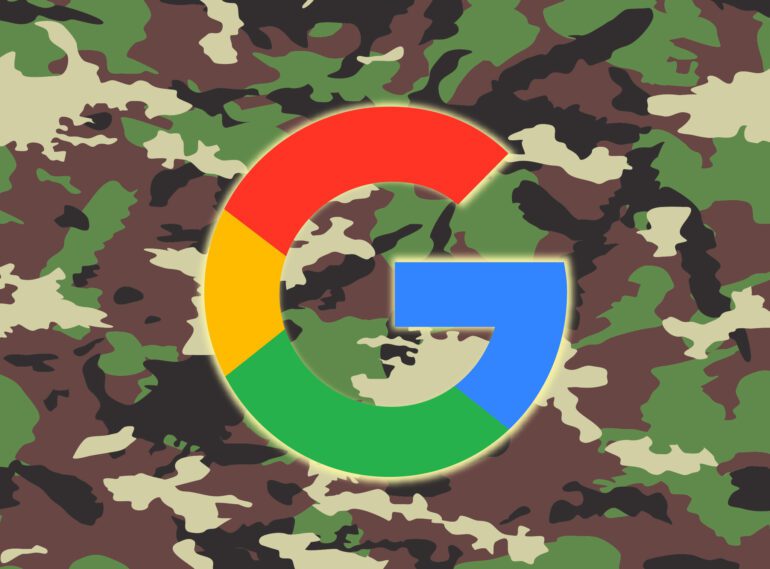- Google partners with the National Guard to provide AI tools for disaster response.
- Bellwether, a Google innovation group, develops technology to analyze disaster areas using aerial photos and satellite imagery.
- The collaboration aims to expedite response time and improve efficiency in assessing damage post-disaster.
- Silicon Valley’s increasing involvement in defense tech reflects a shifting trend towards military applications.
- Google’s renewed engagement in military contracts signifies a strategic realignment towards supporting national security efforts.
Main AI News:
In a bid to enhance disaster response efficiency, Google announced its provision of advanced artificial intelligence tools to aid the National Guard in swiftly analyzing images of disaster-stricken areas. Spearheaded by Bellwether, a pioneering group within Google’s innovation lab, this initiative aims to revolutionize disaster management.
Bellwether’s groundbreaking technology, developed under the wing of “X,” Alphabet’s innovation hub, boasts the capability to process angled aerial photographs, cross-referencing them with satellite imagery and maps. This automatically identifies crucial landmarks, such as locations, roads, and infrastructure, expediting the assessment process.
Nirav Patel, a program manager with the Defense Innovation Unit (DIU), highlighted the significance of this collaboration, stating that the technology, tested in partnership with the National Guard, will be deployed just in time for the impending summer wildfire season. This advancement alleviates the previous reliance on human analysts to painstakingly examine aerial imagery, drastically reducing response time from hours to mere seconds.
Moreover, Patel emphasized the escalating importance of such technology in light of climate change-induced disasters. He anticipates a growing reliance on such AI solutions as the Defense Department faces heightened demands for rapid and effective response strategies.
This collaboration underscores a broader trend of increased synergy between Silicon Valley and the Defense Department. While historically, few tech companies prioritized military applications, recent years have witnessed a paradigm shift. Initiatives like the DIU seek to bridge the gap, fostering collaboration and innovation within the defense sector.
Furthermore, this initiative aligns with a burgeoning interest among Silicon Valley firms to cater specifically to military needs, positioning themselves as vital contributors to national security. Notable players such as drone manufacturer Anduril and AI firm Shield AI exemplify this trend, driven by a patriotic mission to bolster the nation’s defense capabilities.
Despite Google’s complex history with military contracts, marked by internal protests and controversies, the company’s renewed engagement reflects a strategic realignment towards military endeavors. Having previously withdrawn from a Pentagon contract amidst employee dissent, Google has since reestablished its presence in the defense sector, securing lucrative contracts and reaffirming its commitment to supporting national security efforts.
Both the DIU and Google X have emphasized that the AI technology will be exclusively utilized for domestic purposes, focusing on disaster response within the United States and its territories. This assurance underscores a commitment to leveraging technology for humanitarian endeavors, ensuring that advancements in AI serve the greater good of society.
Conclusion:
Google’s collaboration with the National Guard marks a significant milestone in the integration of AI technology into disaster response efforts. This partnership highlights the growing synergy between Silicon Valley and the defense sector, signaling opportunities for innovation and market growth in the burgeoning field of defense technology.

